
A quick spin around the March 2018 U.S. climate scene, all else being equal.

A quick spin around the March 2018 U.S. climate scene, all else being equal.

You wouldn't know it to look at the snow falling in the Mid-Atlantic, but according to meteorological convention, winter ended in February. In today’s "Beyond the Data" post, we’ll pull some fun regional trivia out of the national climate summary for February/winter. Bonus: there’s at least one lesson about the climate system in each nugget.
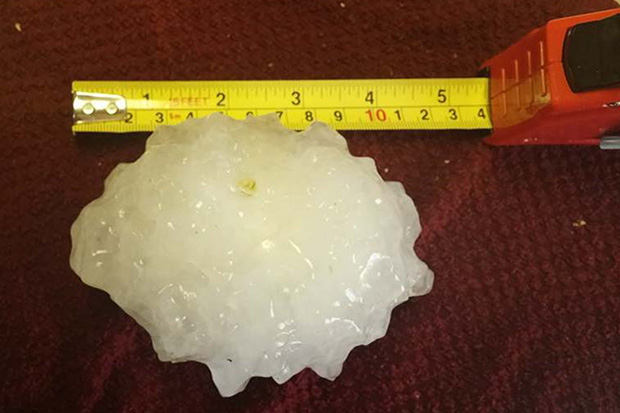
Have you ever wondered what the biggest, hottest, coldest or deepest weather records were for your state? So have many people. These data are interesting on the surface, but going Beyond the Data, they also help us think about resiliency in the face of weather, or climate or climate change, or some combination of the above.
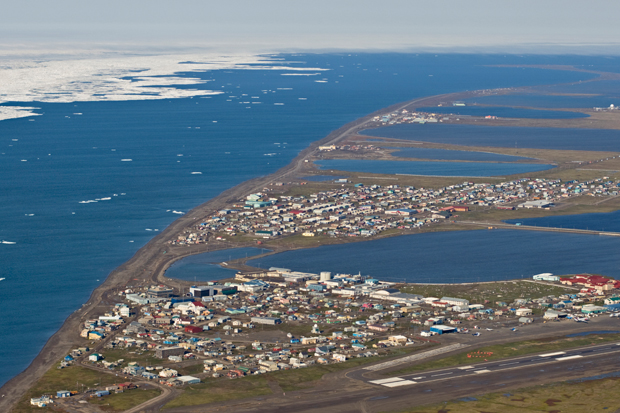
In an ironic exclamation point to swift regional climate change in and near the Arctic, the average temperature observed at the weather station at Utqiaġvik has now changed so rapidly that in November 2017, it triggered an algorithm designed to detect artificial changes in a station’s record and disqualified itself from the NCEI Alaskan temperature analysis.
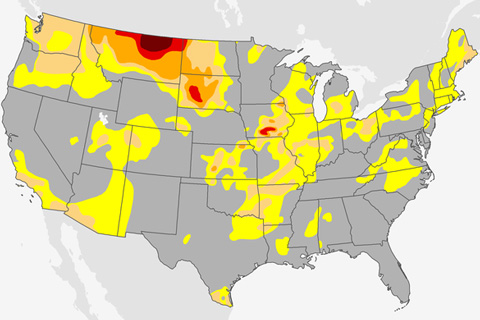
Drought emerged quickly in the Northern Plains this past summer. How does that fit with the bigger picture of what we know about drought and climate?
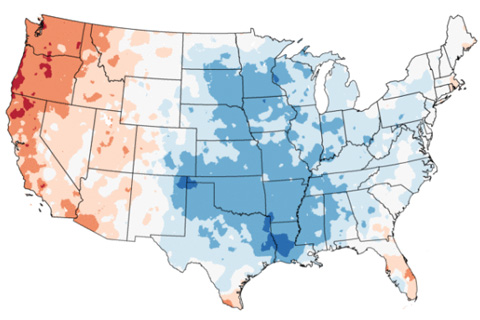
It’s been a tough few weeks weather and climate wise. Big events generate lots of questions, so this edition of Beyond the Data will address several I’ve heard recently, and several I asked myself.
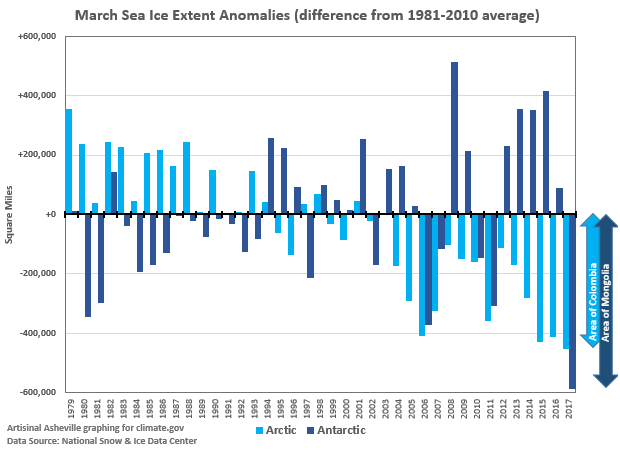
We’re about to go Beyond the Data in five ways. In keeping with the spirit of our blog, we’ll take a look at something obvious from the NCEI monthly climate analysis, then dig a little harder into some even more pertinent climatological truths.

Just a few days ago, on January 26th, 2017, we saw something in the U.S. climate that we hadn’t seen since March 2011.
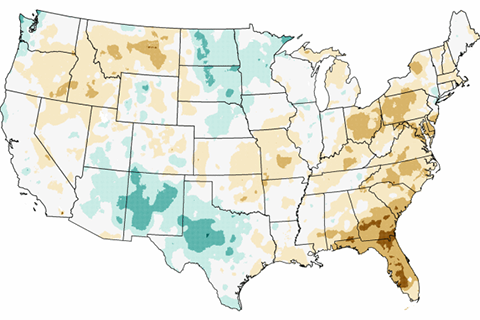
In this edition of Beyond the Data, we’ll look back at 2016 and identify some of the most meaningful climate and weather events from the year.
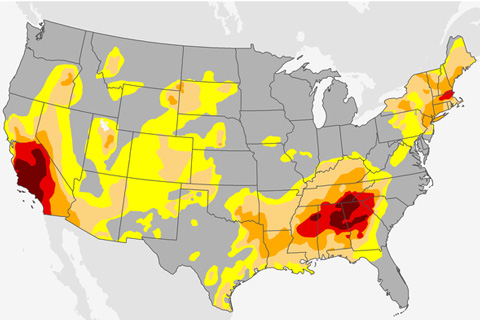
Drought has broken out across the southeast and southern plains this summer and fall. What got us to this situation, and how do we deal drought, which is unlike many of our weather hazards?